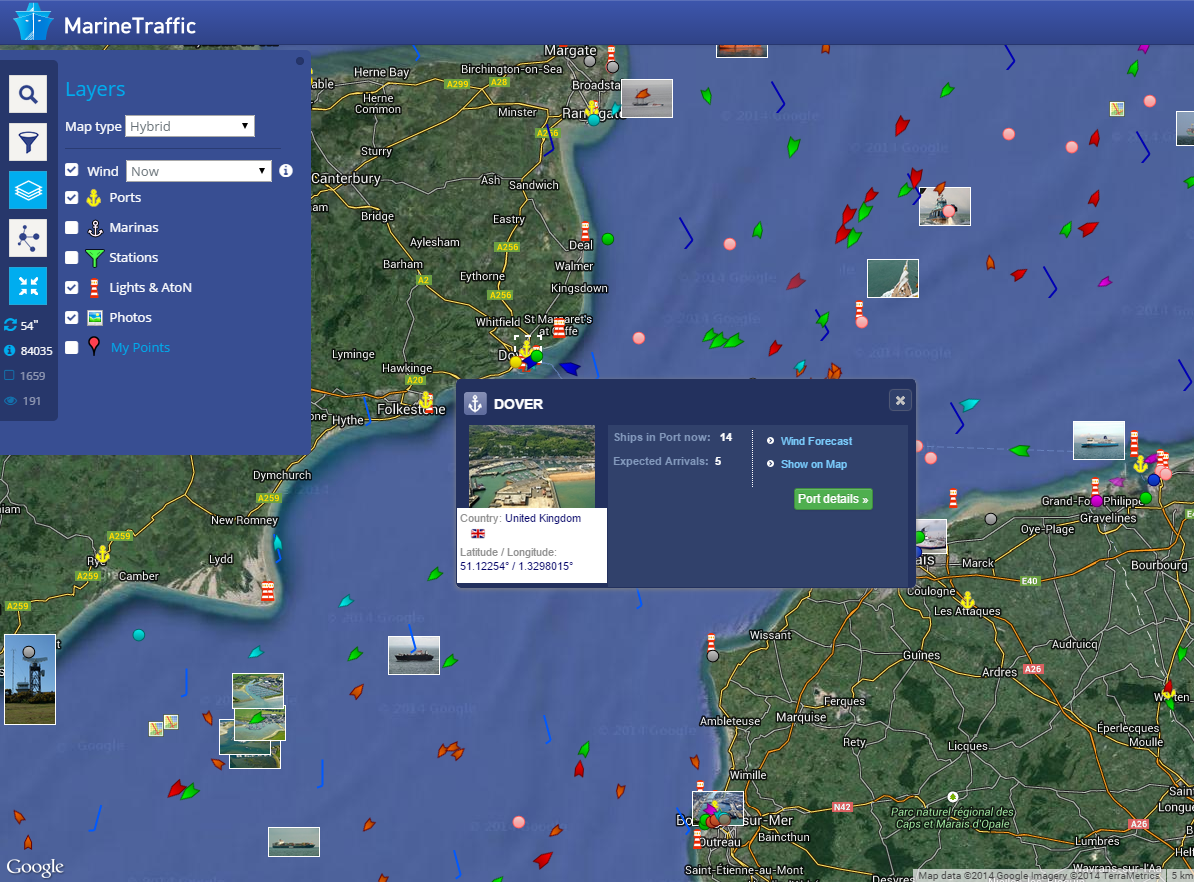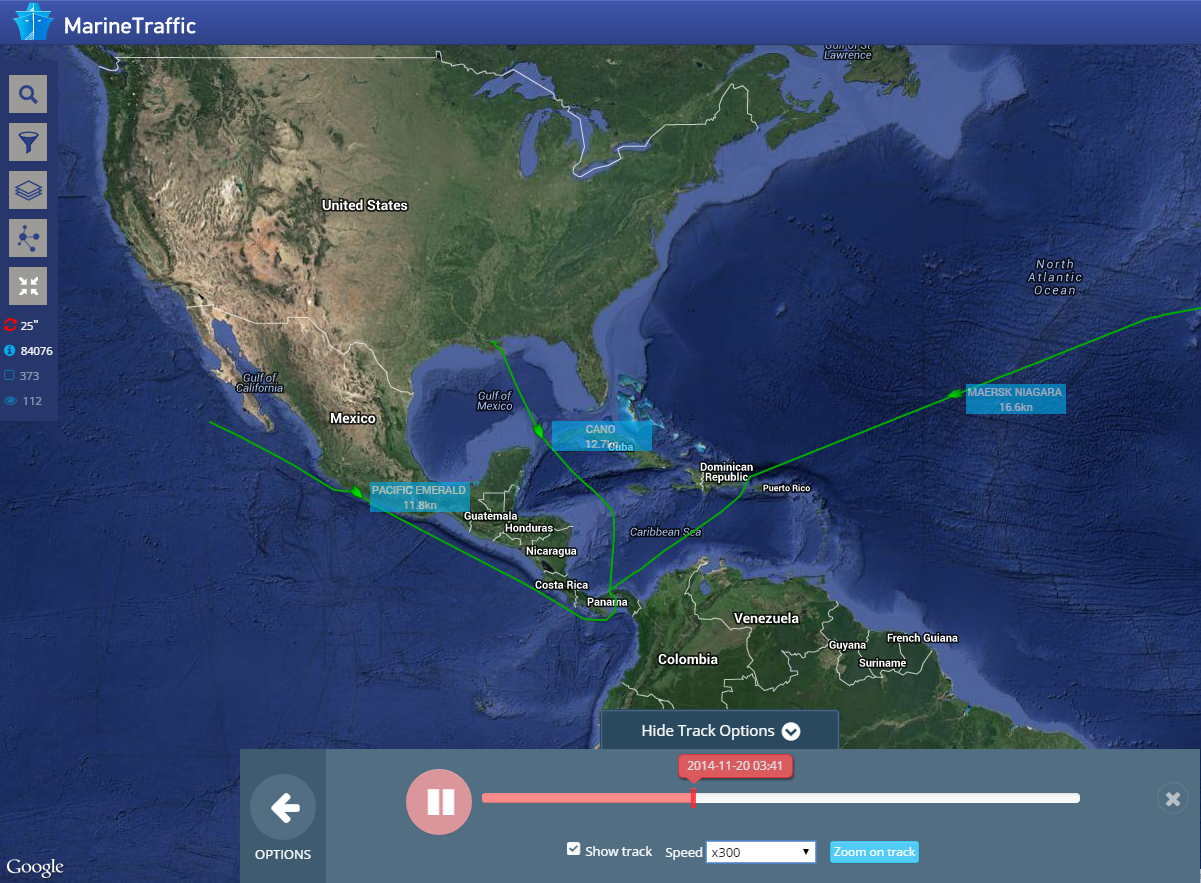MarineTraffic tracks marine vessels with Google Maps
Tuesday, January 20, 2015
Editor's note: Today’s guest blogger is Demitris Memos, Managing Director of MarineTraffic, whose website and app are widely used for tracking ship movements worldwide. See how MarineTraffic and other developers are using the Google Maps API to bring maps and location content to their users.
Ships play a major role in global commerce, but locating them is not as straightforward as it might seem, even for their owners. That’s a problem if, for example, you’re trying to track your cargo, which is on a containership crossing the Atlantic. It’s even worse if you’re a tanker spilling oil offshore and the nearest coast guard ship can’t be found. At MarineTraffic we aim to solve that problem. What began as an experiment in 2007 has become the most popular vessel tracking service in the world. We’ve seen our website traffic double in the past two years to a peak of 6.2 million monthly active users lately.
A key component to maritime data is geography. You would think that mapping ships as they traverse the world’s waterways and oceans would be a no-brainer, but until the introduction of AIS (Automatic Identification System) in shipping and the launch of MarineTraffic, such a capability was not available for the masses. Today, using the Google Maps API we are able to overlay data we get from ships around the globe onto an easy-to-use map with the help of Google’s intuitive mapping platform.
Geofencing is used to keep track of distances between vessels and record arrivals and departures at ports. A variety of other types of information are available on top of our maps in layers, such as wind speed, temperatures, photos and more besides.
Google Maps has proven to be very reliable, thoroughly supporting MarineTraffic as an essential tool for maritime professionals and marine enthusiasts. Using Google Maps, we are able to provide a valuable service to the general public and commercial organisations, filling a need that is highlighted by the rapid growth of our business. Google Maps is helping to put ships on the map!






